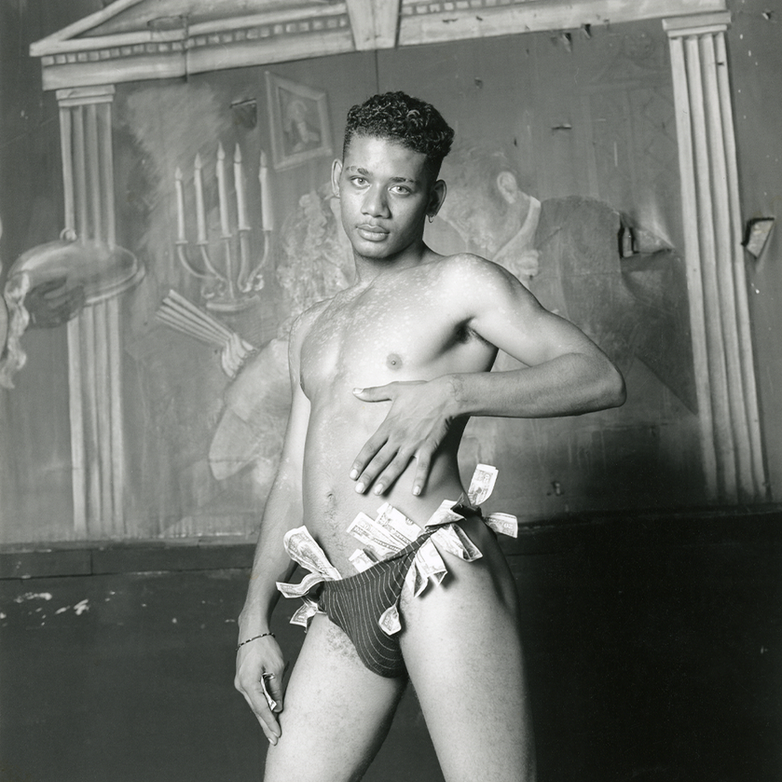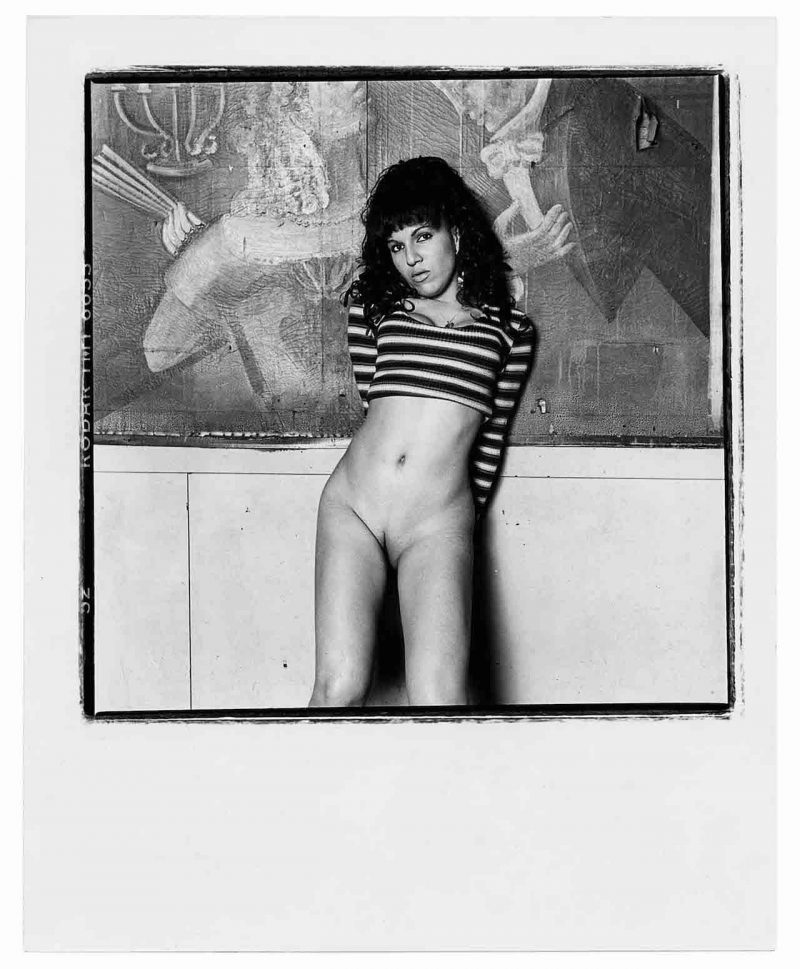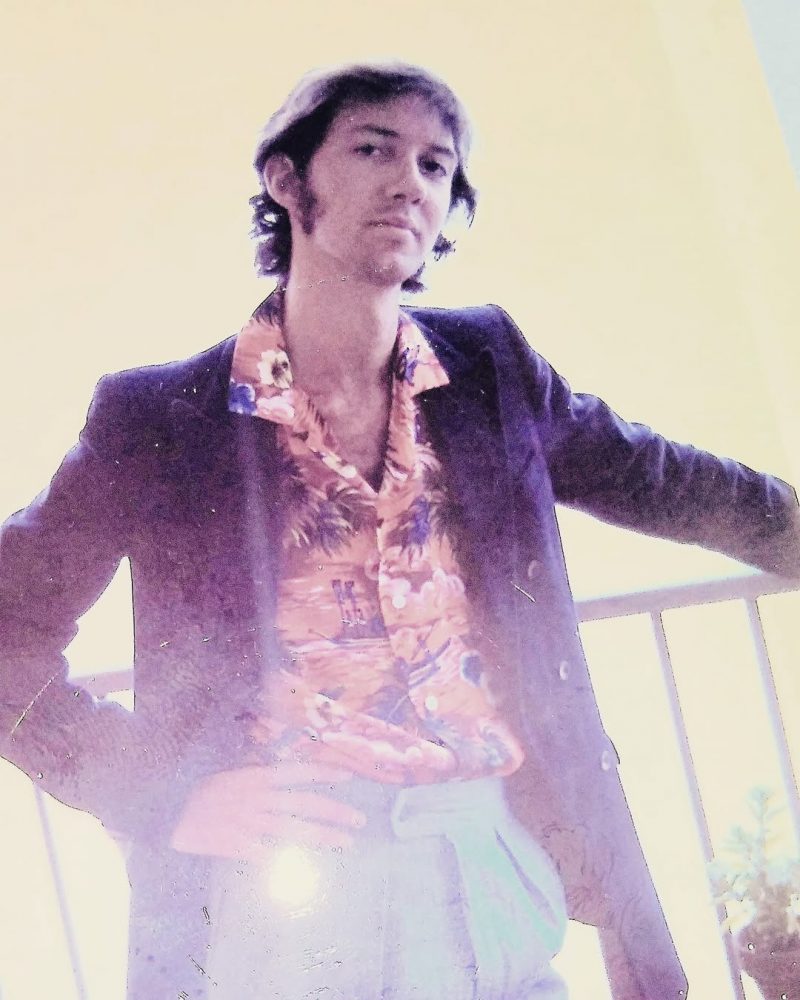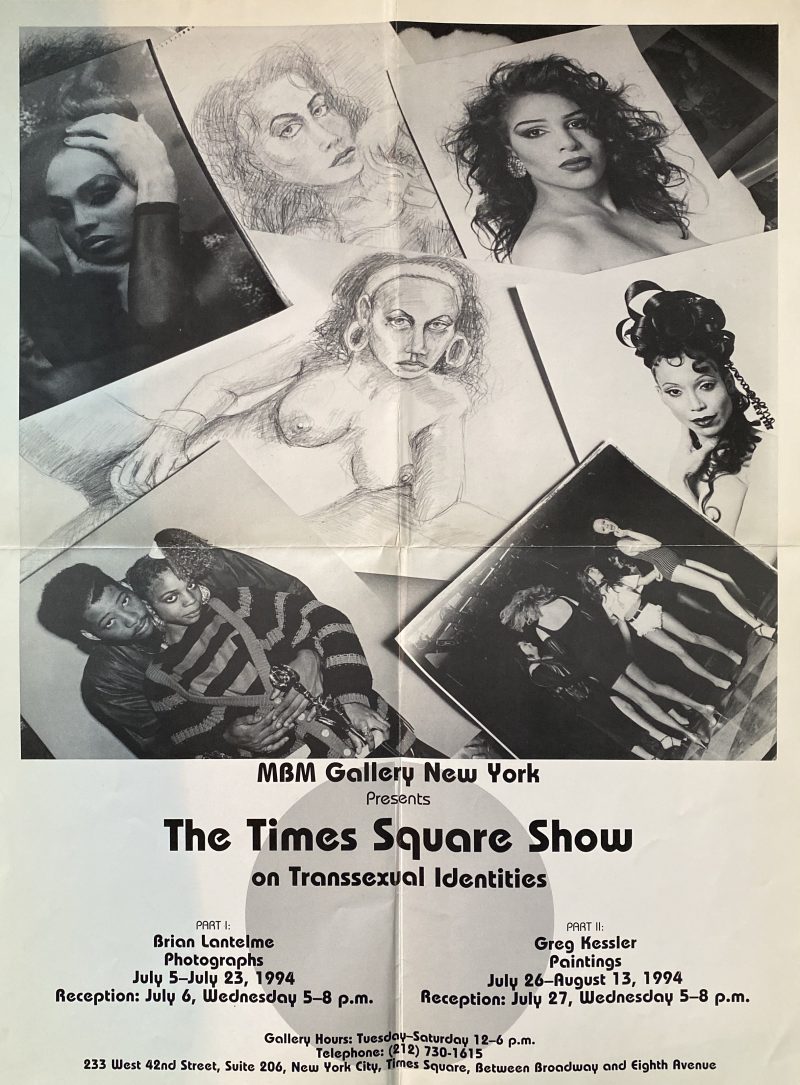Sally’s Hideaway & Photography by Brian Lantelme, New York
“Brian Lantelme’s body of work centering around Sally’s Hideaway conveys the intimate connections between Lantelme and the numerous friends and colleagues who transformed Sally’s from merely a venue into a vibrant community place. It was within this environment that both performers and patrons discovered a sense of belonging and a chosen family. Lantelme’s photographs possess a profound capacity to evoke and inspire conversations surrounding Ballroom Culture and iconography, personal identity, the interconnectedness of diverse communities, and the pursuit of living authentically. As Curator of The Brian Lantelme Trust, I develop exhibitions that emphasize individual agency, encourage the recollection of memories, and promote dialogue regarding both the temporal context and contemporary interpretations of Brian Lantelme’s photographic work.” — Miss Tiger
Sally’s Hideaway and Sally’s II – Nightclub, New York
Sally and Jesse had worked in the early 1970s at the trans/gay 220 Club, at 220 West Houston Street, where Lou Reed drank and was presumed to have named his album and track, Sally Can’t Dance, after the manager (although it was photographs of his trans lover, Rachel, which appeared on the inner sleeve). Sally and Jesse then worked at the Greenwich Pub, at 8th Avenue and 13th Street, which attracted gay trans and their admirers.
Sally’s Hideaway put on go-go boy contests, male stripping and drag shows – some by transsexuals. Trans entertainers such as Dorian Corey, Jayne County, Angie Xtravaganza performed. The customers were a mix of pre-op transsexuals, drag queens, cross-dressers, transvestites, chasers, male strippers and all kinds of hustlers.
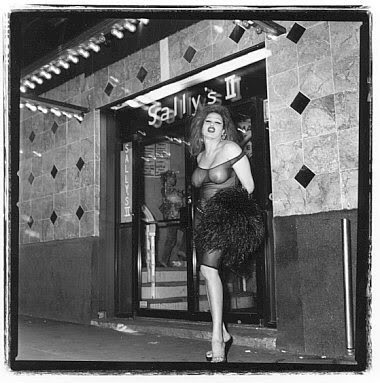 |
|
Monica Mugler outside Sally’s II
|
 |
|
Grace
|
Trans musician Terre Thaemlitz dj’d there in the early 1990s, until fired for refusing to play the music that was in the charts. The Transy House people, Rusty Mae Moore, Chelsea Goodwin, Julia Murray, Sylvia Rivera, Kristiana Th’mas, went as a group and were regarded as a ‘house’ in the Paris is Burning sense. Self-described tranny-chaser Jonathan Ames was also found there, and the club is featured in his bildungsroman and the subsequent film, The Extra Man.
Sally Maggio died in October 1993. Jesse Torres continued the club, although Mayor Rudolph
 |
|
Jesse
|
- Lou Reed. Sally Can’t Dance. RCA Records, 1974.
- Jennie Livingstone (dir). Paris is Burning. With Dorian Corey, Paris Dupree, Pepper Labeija. US 71 mins 1990.
- Jonathan Ames, The Extra Man. Scribner, 1999: 91-9, 107-110, 144-5, 157-9, 209-210.
- Brian Lantelme. “Sally’s Hideaway”. LadyLike, 46, 2001: 17-21. Online
- Shari Springer Berman & Robert Pulcini (dirs) The Extra Man. Scr: Robert Pulcini & Jonathan Ames, based on the novel by Jonathan Ames, with Paul Dana as Louis Ives and Gisele Alicea as Miss Pepper. US 108 mins 2010.
- Jeremy Reed. Waiting for the Man: The life and Career of Lou Reed. Overlook Books, 2015: 82.

